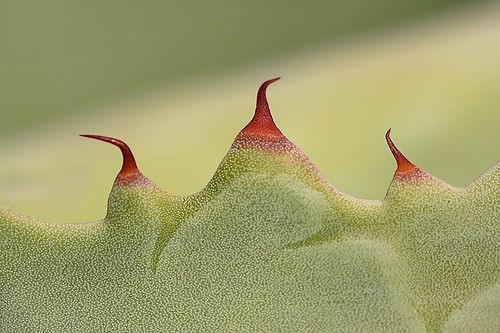Tequila For Diabetes? Agave Plant Sweetener Cuts Blood Sugar Levels And Fuels Weight Loss

Diabetic patients may find relief from their high blood glucose levels, and the overweight from their obesity, through a natural sweetener in the agave plant, a new study finds.
Known as agavins, the plant-based sweeteners slow the stomach from emptying, boosting insulin production. They’re also non-digestible, which means they act as a dietary fiber but can’t elevate a person’s blood sugar. While this inability to be broken down means some people’s digestive systems can’t tolerate the sweetener, researchers are confident it can stimulate the growth of healthy microbes in the mouth and intestine.
The research team presented their findings on Sunday at the American Chemical Society’s 247th National Meeting, in Dallas. They found that, while agavins aren’t nearly as sweet as their artificial counterparts, they do a proficient job of reducing glucose levels in the blood. More hopefully, “agavins are not expensive and they have no known side effects, except for those few people who cannot tolerate them,” explained Dr. Mercedes G. López, a researcher at the Centro de Investigación y de Estudios Avanzados in Guanajuato, Mexico.
López and her colleagues tested agavins on mice as part of their normal diet. By and large, the mice that were given the sweetener ate less, lost weight, and showed lower blood glucose levels than both the control mice and those fed other sweeteners, such as sucrose, fructose, glucose, aspartame, and agave syrup. Future studies will need to show whether this success translates into human models.
One thing López emphasized at the conference was the difference between agavins and high-fructose corn syrup — the 21st century agro-enemy that’s often found as a substitute for good old-fashioned sugar. Agavins do contain fructose, she concedes, but in a form that prevents the body from breaking it down. The fructose molecule is actually bound in a long chain, known as a polymer, into a new substance called fructan. It’s these chains that baffle the body, preventing it from turning fructan into blood sugar.
Another disclaimer: agavins are only one component of tequila, the popular alcohol byproduct of fermented agave plant as it’s turned into ethanol. Agavins contribute to the carbohydrate component, López says, and it’s only after the agave pines are cooked that the fructose and glucose turns into alcohol. (In other words, you won’t find any dietary relief from tequila shots, so don’t try it.)
Developing alternative sweeteners is a decidedly large undertaking with even larger implications. More than a third of the U.S. population is obese, according to the Centers for Disease Control and Prevention. And a portion of the some 26.2 million people with type 2 diabetes overlaps with that group.
High-fructose corn syrup is regularly targeted as a major contributor to cardiovascular disease, obesity, non-alcoholic fatty liver disease, and yours truly, diabetes. Critics widely denounce HFCS as being unhealthier than regular sugar, although the Food and Drug Administration has classified it as safe since 1976.
In her previous research, López has found that agavins have prebiotic effects and are able to lower cholesterol and triglycerides, while raising levels of the beneficial probiotics lactobacillus and lactobifidus. The current study is but the first, she says, to consider agavins as an alternative sweetener in an otherwise HFCS-dominated landscape. "This study represents the first attempt to evaluate agavins as sweeteners,” she said, “in spite of their lower sweetness compared to sugar.”



























